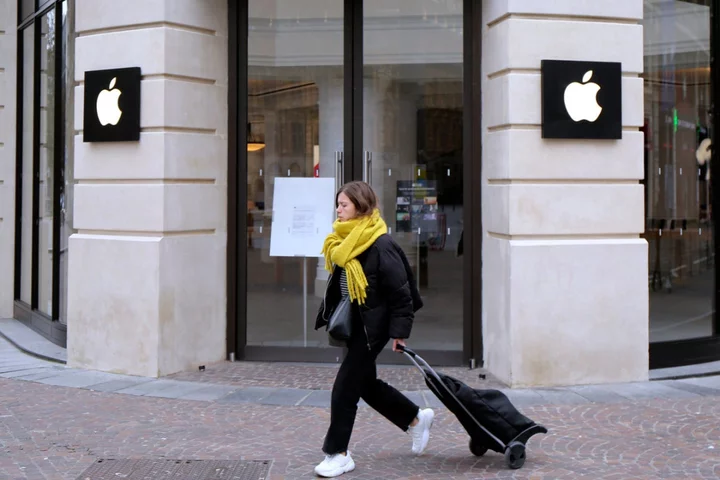Your brain doesn’t work the same when you speak to someone on Zoom, scientists have confirmed.
Neural signalling is significantly less when chatting to someone through a video call rather than having a face-to-face conversation, the new study found.
When researchers watched the brain of someone talking in real life, they found that there was a detailed and complex system of neurological activity. On Zoom, however, that was dramatically less.
It suggests that there is still something fundamentally lacking about speaking with someone online. People’s faces are not able to light up people’s brains in the same way, the researchers suggest.
That is something of a surprise: current models suggest that the brain should process people’s faces in the same way whether they are on Zoom or in real life, given the features of them are the same. But the new study suggests that there really is something fundamentally different between the two contexts.
“In this study we find that the social systems of the human brain are more active during real live in-person encounters than on Zoom,” said Joy Hirsch, a Yale professor who was the lead author on the new study. “Zoom appears to be an impoverished social communication system relative to in-person conditions.”
To find that, researchers studied people’s brains in real time as well as looking at other signals, such as where people’s eyes moved. As well as increased neural activity, the researchers found that people’s eyes hovered for longer on the real faces, for instance.
The two people’s brains also seemed to be more co-ordinated. That suggests that there are more social cues being shared between the two people, they said.
“Overall, the dynamic and natural social interactions that occur spontaneously during in-person interactions appear to be less apparent or absent during Zoom encounters,” Professor Hirsch said. “This is a really robust effect.”
The study suggests that face-to-face encounters remain very important, even as technology companies and others come up with new ways for us to interact with people remotely, the authors said.
“Online representations of faces, at least with current technology, do not have the same ‘privileged access’ to social neural circuitry in the brain that is typical of the real thing,” said Professor Hirsch.
The findings are described in a new paper, ‘Separable Processes for Live “In-Person” and Live “Zoom-like” Faces’, published in Imaging Neuroscience.
Read MoreThe Apple Watch feature everyone has been waiting for has finally arrived
Scientists find surprise ‘layer’ underneath surface of Mars
Apple’s plans for the future of AirPods might just have been revealed









